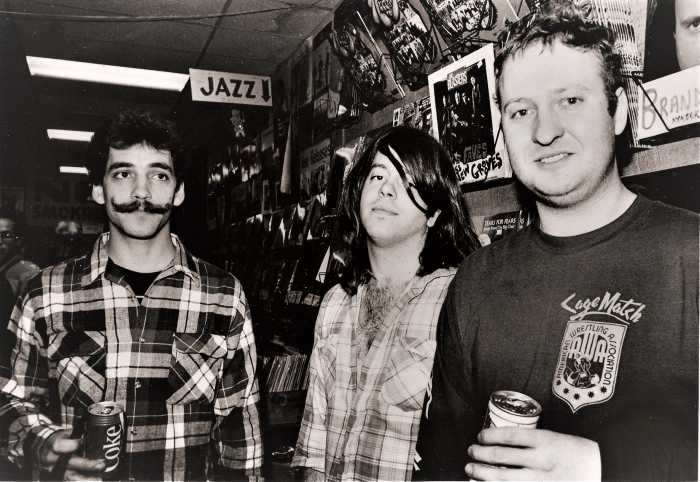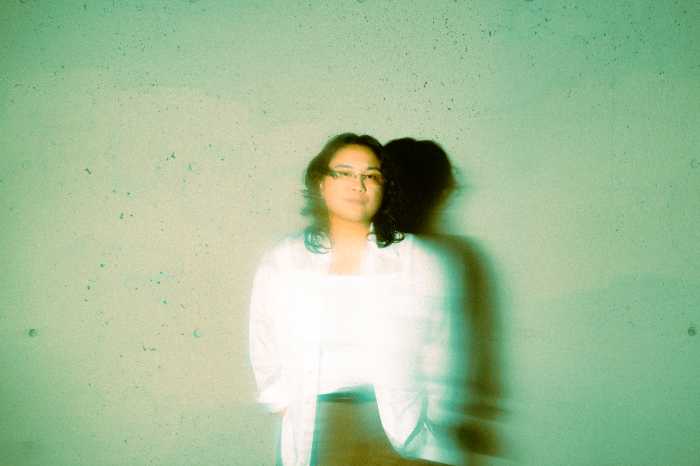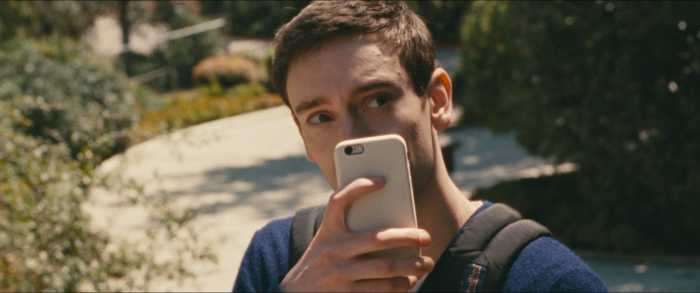In Aviva Geismar's poignant new dance “Line of Descent,” she investigates the legacy of the Holocaust from a personal and sociological perspective. Derived from interviews with families of victims as well as those on the other side of the tragedy, Geismar, whose grandparents died at Auschwitz and whose father “did not like to talk about his childhood,” wanted to find out how this history has shaped subsequent generations.
While the process began with a residency in her ancestral home of Breisach, Germany, the raw material has been synthesized into a broader examination of the paradoxes of human behavior when faced with issues of intimacy, irrational fear, and control.
Aviva Geismar reveals universal lessons of history
Contradictions between words and action appear throughout the 50-minute dance for Sophie Bortolussi, Alessandra Larson, Cara Liguori, Miranda Lyon, and Kathy Wasik. They ask, demand, and later offer each other the opportunity to touch. They direct, block, and open themselves to each other, often simultaneously, reflecting ambiguity.
Old wives tales are offered as conventional wisdom, but followed by a stern warning, equally clichéd – “Be afraid. Be very afraid.” Individuals remember – and long for – their own touches, marking each memory with a fingertip alighting to the body part they mention, before the hive mind nets them back into a cacophonous unison repetition as they move into a cluster.
AVIVA GEISMAR / DRASTIC ACTION
“Line of Descent”
Dance New Amsterdam
280 Broadway at Chambers St.
Mar. 13-15 8 p.m., Mar. 16 3 p.m.
$20/$15; 212-279-4200
or ticketcentral.com
The movement is at times sensuous and soft, at others, more driving and athletic, picking up its energy from Annabelle Chvostek's tense and rhythmic electronic score. Dancers manipulate each other's bodies, which is often humorous just before it becomes disturbing. At one point, Larson is held upside down by the others, and her legs are opened, closed, and directed into piqué on either side.
A mechanistic quartet follows, with balletic princess affectations and flamenco hand gestures adding a fake but also proud quality to the characters.
A duet for Larson and Bortolussi has them holding hands, but still disconnected. Here the music is primarily strings, romantic and Italianate. The two parts of the duo separate. One cannot function; the other blindly reaches for her partner walking backwards. They unite in sweeping arms, and then pulse in syncopation, rolling a shoulder back and open as they lift their solar plexuses up, and rolling and contracting them inward as they drop their centers forward.
In another section, the dancers use rubber sanding blocks to scrub their skin, and each other's, an evocation of the familiar desire for victims of physical trauma or violence- as well as penitents – to cleanse themselves of defilement. Two duets cantilever out from their formation as the music takes on ritualistic undertones through the use of the Native American flute and didgeridoo. They stamp, scrub, and launch into more vigorous aerobic dancing, as if enough activity could suppress their past experience.
Finally, one by one, they catch their breath, acknowledge each other. Humming, they twist, spin, slap their hips with the sanding blocks, hop, and leap in a subdued, but cognizant state.
To confront our own incongruity, we must confront history. Those who forget the past are doomed to repeat it; yet those who seek to escape the past will forever be its mental prisoner. Geismar's “Line of Descent” taps this truth through its emotional and physical structures of power.
The dancer-choreographer's solo from the 2006 evening-length “There's Many A Slip” is also on the program. Covering up insecurity with apparent certainty, Geismar is a clown-like figure, struggling to be understood. This short solo is a perfect companion piece for “Line of Descent,” and also showcases Geismar's extraordinary talents as a performer.


































